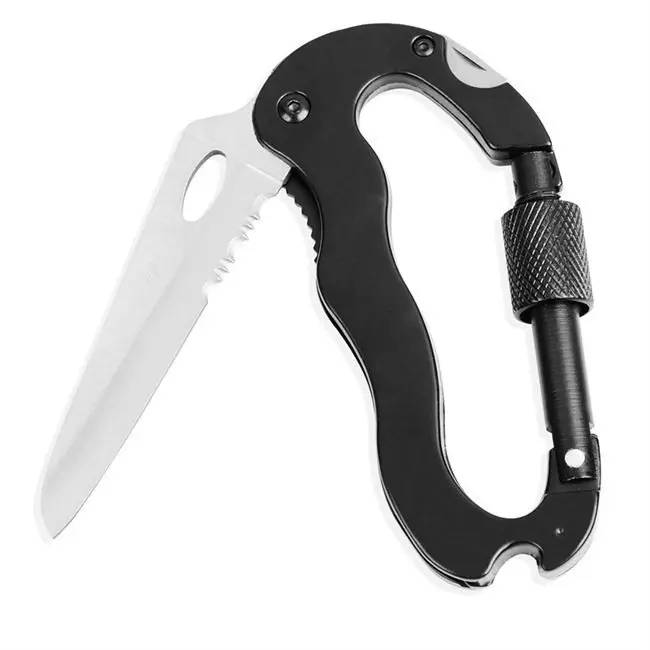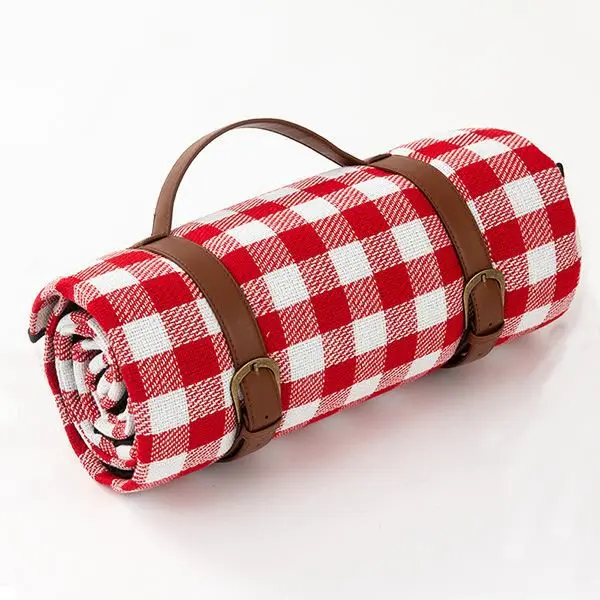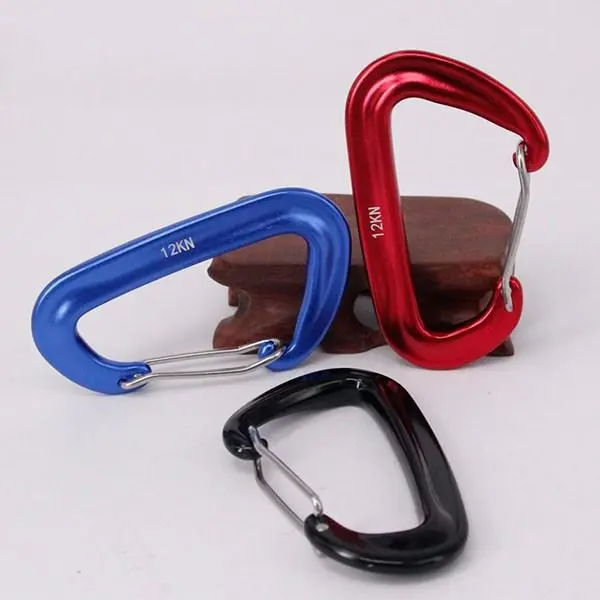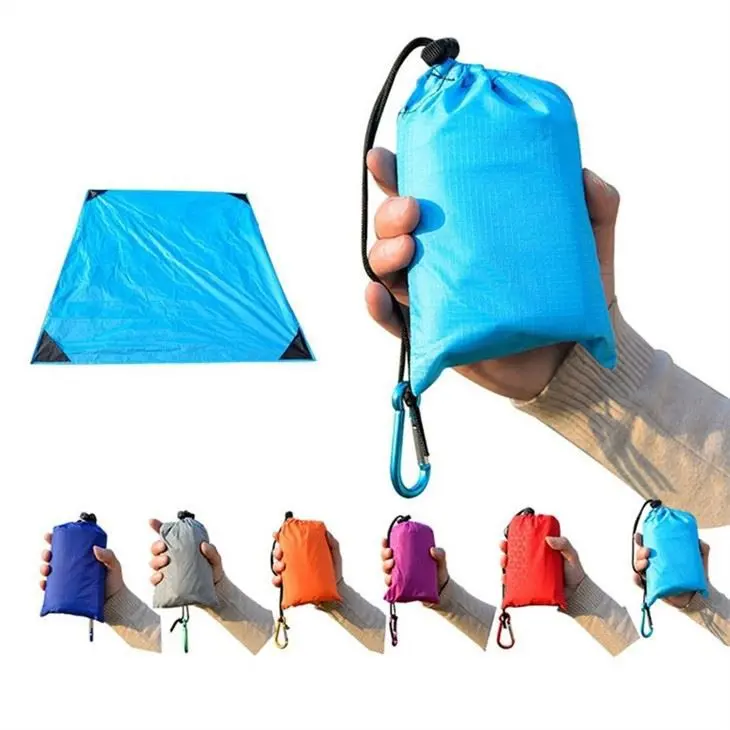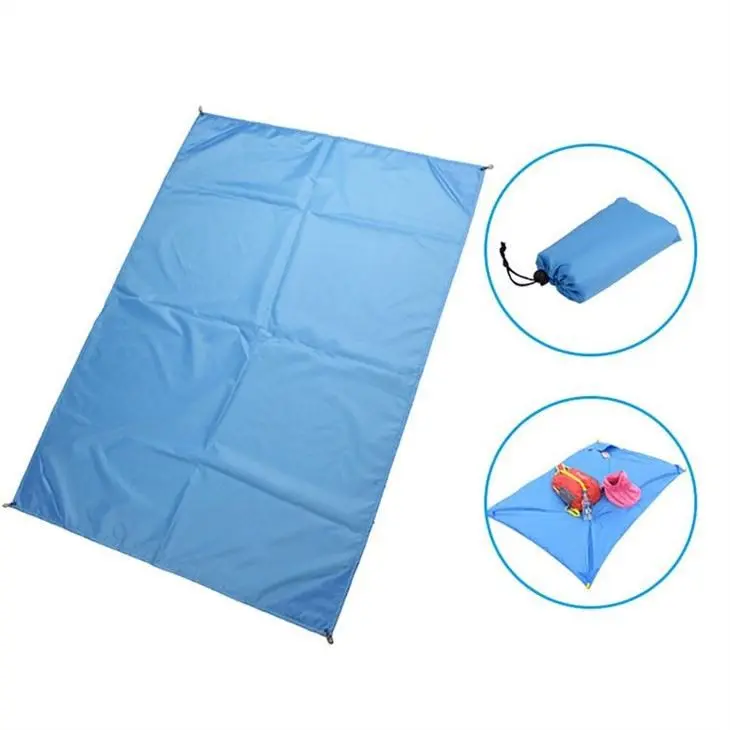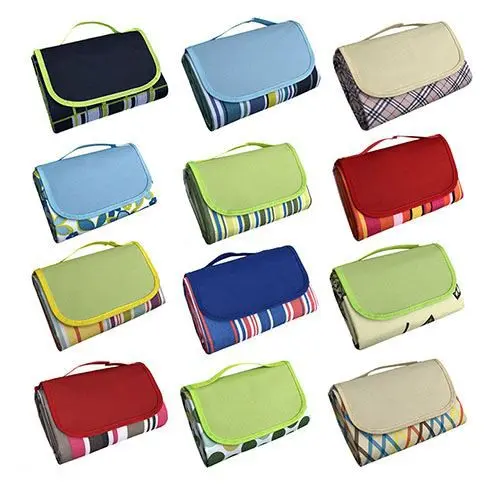What are the standards for outdoor sleeping bags
There must be many friends who have started to do spring fitness. It is a good choice to go outdoors and do some outdoor activities. Among the supplies we need to prepare when camping outdoors are outdoor sleeping bags and tents. So what are the standards for outdoor sleeping bags and how to set up a tent outdoors? Today I will explain to you the relevant outdoor knowledge.

Outdoor sleeping bags can help us spend cold nights easily when doing outdoor sports. Let’s learn about the standards of sleeping bags with the editor.
1. Minimum temperature at night
① If the minimum temperature at night is higher than 25 degrees, you can use a fleece sleeping bag. Of course, you can also use a thin envelope-style cotton sleeping bag to cover your stomach to avoid cold stomach.
② If the minimum temperature at night is higher than 15 degrees, you can use an envelope-style cotton sleeping bag with a filling of 200-250 grams.
③ If the minimum temperature at night is higher than 5 degrees, you need to use a 300g-filled mummy-style cotton sleeping bag, or a 400g-filled down sleeping bag.
④ If the minimum temperature at night is higher than -5 degrees, you need to use a mummy-style cotton sleeping bag filled with 350g-400g. Or use a down sleeping bag filled with more than 700 grams.
⑤ If the minimum temperature at night is higher than -10 degrees, you need to use a 350g-400g filled mummy-style cotton sleeping bag plus a fleece sleeping bag liner to obtain better warmth. Or just use a down sleeping bag filled with more than 1000 grams.
⑥ When the lowest temperature at night is higher than -15 degrees, only down sleeping bags filled with more than 1,200 grams can be used.
⑦ When the lowest temperature at night is higher than -20 degrees, only down sleeping bags filled with more than 1500 grams can be used.
2. Sleeping bag is comfortable and low temperature
The most important indicator of an outdoor sleeping bag is the temperature scale, which can also be called a comfortable low temperature. Comfortable low temperature means that when the outside temperature drops to a certain temperature, many people will feel very comfortable using this sleeping bag. If the temperature drops further, they will feel cold.
There are two ways to mark the comfortable low temperature on sleeping bags.
① Mark an absolute temperature, such as -10 degrees, indicating that the comfortable low temperature of the sleeping bag is -10 degrees.
②Indicate the temperature range, transitioning from red to green or blue, for example, red starts from 5 degrees, transitions to light green at 0 degrees, and transitions to dark green at -5 degrees. The meaning of this temperature indication is that 5 degrees is warm, 0 degrees is suitable, and -5 degrees feels very cold. The comfortable low temperature of this sleeping bag is 0 degrees.
How to choose an outdoor sleeping bag
1. Functional design
① Mummy style is also called mummy style or mummy style. This kind of sleeping bag has wide shoulders and narrow feet. The shoulder width is generally 75 to 85 cm, and the foot width is 45 to 55 cm. The Mammy sleeping bag is the sleeping bag shape that can achieve the best thermal insulation effect under the same weight and is suitable for use in cold seasons.
② Envelope-style sleeping bags, as the name suggests, mean that the shoulder cloth and feet are the same width, similar to an envelope. This type of sleeping bag is looser and suitable for warmer seasons and people with a wider body shape.
③Hybrid sleeping bag is a combination of the first two, with a foot width of 55 to 65 cm.
④The internationally popular sleeping bag is a small square hat, which is most streamlined (the widest part is not at the collar, but at the shoulders and elbows). The previous large round hat not only added weight, but was also not conducive to warmth.
2. Sleeping bag filler
There are two main types of fillings, down and chemical fiber cotton. In addition, there are single-layer fleece sleeping bags. Down is divided into duck down and goose down. Under the same conditions, goose down is slightly warmer than duck down.
① Filling weight, such as 400g goose down sleeping bag, 1100g duck down sleeping bag. This weight does not refer to the weight of the sleeping bag, but refers to the net weight of the down filling.
② Down content. Down is composed of pinnae and velvet. The pinnae has a supporting effect, and the warmth mainly comes from fine down. The velvet content is expressed as a percentage. For example, 80 velvet means that the velvet content in 100 weight units is 80 units. Duck down generally has a maximum down content of 85 to 90%, and goose down has a down content of 90 to 95%.
③Down expansion degree. The expansion degree refers to how many cubic inches an ounce of down has under 68.4 grams of pressure. The higher the expansion degree of down, the better the thermal insulation performance of down. Generally, the expansion degree of domestic duck down is around 450, and the expansion degree of domestic goose down is from 450 to 600.
④Oxygen consumption index and cleanliness. Down needs to go through multiple professional cleaning and degreasing procedures. Some vendors make finished products after a little cleaning of primary down. These products cannot be used at all. The simple way to identify them is to knock them with a wooden stick. When the finished product is struck, dust will leak out, and there will be a peculiar smell if you smell it. If you clean it, there will be a smell in the water.

3. Internal and external materials
Ordinary cotton sleeping bags use polyester or nylon materials. Polyester and nylon fabrics have differences in density and texture, which I won’t go into details here. Down sleeping bags have very high requirements for internal and external materials, and nylon materials with a density of at least 230T are required to ensure down protection. High-weave pure cotton or polyester cotton can also prevent lint, but it is heavy and has poor compressibility, so it is generally not used in high-end sleeping bags.
Many domestic nylon cloths are not dense enough and cannot prevent lint. Manufacturers use coatings to prevent lint, which is a very unscientific approach. Because the inner and outer materials of a down sleeping bag need to have good breathability, otherwise the moisture emitted will accumulate inside the sleeping bag, greatly reducing the warmth retention of the down.
4. Packaging and accessories
Oxford cloth compression bags are the best packaging for sleeping bags, which can be large or small, strong and durable.
Warm reminder: Sometimes you can find particularly cheap down products on the market, such as down jackets costing 100 yuan a piece or duck down sleeping bags costing 150 yuan a piece. Such products are generally not available.
Tutorial on setting up a tent
1. Slope
This is a situation we often encounter when climbing on the ascending route. Under normal circumstances, it is possible to find a piece of sloping flat land on a slope. The key is that the friction between the sleeping bag and the moisture-proof pad is small when sleeping at night, and people will slide downward. It is impossible to sleep when the slope is large.
adapting methods
a. When setting up a tent for two people, choose to camp under two trees that are close to each other under the tent. If you do not move two big rocks and place them underneath, place your backpack between the trees or rocks so that your head faces you when you sleep at night. On the bed, he fell asleep with his feet on the bottom of the backpack. In fact, this way people fall asleep half-standing.
b. If it is easier to solve it by one person, you can choose to lean the side of the tent against a tree or stone when camping, and place the backpack in the middle of the tree or stone. In this way, the person's overall weight is pressed on the side of the backpack, and you can sleep on your side alternately at night. Ensure better sleep effect.
2. The tent pole is not there
This possibility is that the tent and the tent poles are separated, sometimes without them, sometimes the team members with the tent and the team with the tent poles are dispersed, and most often the tent poles are broken and damaged. When encountering this situation, everyone To be clear, tent poles are actually poles that provide support for several pieces of cloth.
If you are not camping in snowy mountains or in strong winds, the strength requirement will not be very high, so it is easy to find substitutes in the wild. The best one is bamboo, which is tough and strong. If you can't find it, use a knife to cut one. For wooden branches of similar length and thinness, the principle is to look for new branches instead of old branches, and look for wet branches instead of dry branches. Such branches have greater toughness.
3. The camping area is too small or there are too many rocks at the bottom to clean up.
This situation is relatively complex and must be used flexibly according to the geographical conditions at the time.
a. If the bottom is uneven and there is no thick floor mat, it is easy to damage the bottom of the account. Generally, you can find dry grass or leaves and spread it to the bottom to fill it up.
b. If the camping area is too small and cannot be cleaned, there is no other way but to spread the tent and sleep flat wherever you want. The key is not to let the bottom of the tent hang in the air to avoid crushing the bottom fabric.
c. This situation is quite special. Once I was camping on the top of a mountain. After searching around, I found a piece of flat land. It was annoying that there was a big rock protruding from the middle. I dug it with a knife and roots sprouted underneath. I had no choice but to sleep. Obviously if the tent is directly pressed against the stone, the hanging cloth will be easily torn.
The method is to tighten the tent poles as much as possible when supporting the tent. You can even find a few stones to press the tent poles to make them bend more. The result is that the cloth at the bottom of the tent is not stretched out and becomes loose. The cloth will not collapse very tightly after being put on the stone below. Of course, if the bend is too big to break the tent pole, you can use branches instead as above.

4. Stone crevices, caves, and rocky hills
This is an extremely bad situation, which means there is no place to camp. So I want to ask, what is the tent used for? The first thing is of course to prevent rain. If there is no rain, can we not camp.
Then there is the second point. It has a certain thermal insulation effect. If your sleeping bag can meet the temperature requirements, then why do we have to camp and sleep like this? Of course, there are sometimes bugs, but it is not serious, so just bear with it.
If the weather conditions are extremely bad, first wrap the moisture-proof mat and sleeping bag inside the tent. Of course, try to leave as much space inside as possible. Put clothes or some items on top of the head, so as to support the cloth on the head and facilitate breathing. Then Cover it with the outer tent, and a rainproof, warm, and insect-proof nest is ready.
Disassembly
1. To disassemble the tent, first remove the brackets of the tent and take them out. Fold the stand into the bag.
2. Pull the folds of the tent as neatly as possible, still with the bottom facing down.
3. Turn the tent over and fold it neatly in half like a quilt, usually twice.
4. Carefully and slowly squeeze the air out of the folded tent from beginning to end, and flatten the tent as flat as possible.
5. Roll up the tent slowly, and squeeze out the air during the rolling process, otherwise the tent will become too big.
6. Finally, put the tent and some accompanying parts into the bag and put the tent away.

